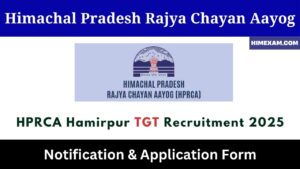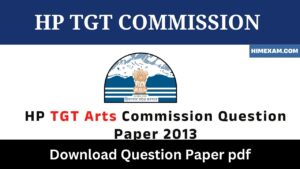Mahabharata period and the four ancient district of himachal pradesh In English
|| mahabharata period and the four ancient district of himachal pradesh || mahabharata period and the four ancient district of hp ||
Himachal is called Himavanta in the Rigveda. In the Mahabharata, the Pandavas had spent unknown time in the upper hills of Himachal. Bhimsen married Hidimba, the total goddess of Kullu during the exile period. Trigarta king Susharma fought on behalf of the Kauravas in the Mahabharata war. The rulers of Kashmir, Oudumbar and Trigarta taxed Yudhishthira. The Kulind princely state had accepted the subjection of the Pandavas. In the Mahabharata, description of 4 districts Trigat, Oudumbar, Kulind and Kulut is found.
- Oudumbar- According to Mahabharata, Oudumbar was a descendant of Vishwamitra who is related to Kaushik Gautra. Oudumbar state coins have been found in the areas of Kangra, Pathankot, Jwalamukhi, Gurdaspur and Hoshiarpur confirming their habitat. These people used to worship Shiva. A description of the Oudumbar caste is also found in the Ganpath of Panini. Due to the multiplicity of the Adumbar tree, this district is called Oudumbar. In the Brahmi and Kharoshthi script the word Mahadevasa is found on the coins of Oudumbars which symbolize ‘Mahadev’. The trident is also inscribed on the coins. Oudumbars carried copper and silver coins. Oudumbar was a devotee of Shiva and a sheepman who may have had a connection with the Gaddi tribe of Chamba.
- Trigart – The district of Trigart was founded by Bhumchand. Susarma was the 231st king of his generation. Susharma Chandra assisted the Kauravas in the Mahabharata war. Susharma Chandra attacked the Matsya king Virat, who was his neighboring kingdom, giving shelter to the Pandavas in the unknown. Trigarte was a stretch between the Ravi, Vyas and Sutlej rivers. Susharma Chandra built the Kangra Fort and made Nagarkot its capital. Kanishka described the 6 state groups as part of the Trigarta. Kaurava Shakti, Jalmani, Janaki, Brahmagupta, Dandki and Kondopratha were parts of Trigarta. Panini has called Trigarta an Ordnance Association which means – the people living on the war. Trigarta is also mentioned in the Ashtadhyayi of Panini, Rajatarangini of Kalhana, Vishnu Purana, Brihatsamhita and Dronaparva of Mahabharata.
- Kullut – The Kullut kingdom was the area above the Beas river, which is found in the Ramayana, Mahabharata, Vrhatasamhita, Markandeya Purana, Mudrarakshas and Matsya Purana. Its ancient capital was Naggar, which is found in Panini’s Katreyadi Ganga. The oldest coinage in the Kullu Valley is known as Raja Viryas in 100 AD. It is written in Prakrit and Kharoshthi language. The princely state of Kullut was founded by Vihangamani Pal, who came from Prayag (Allahabad).
- Kulind-According to Mahabharata, Kulind was conquered by Arjuna. The Kulind princely state was the land between Vyas, Sutlej and Yamuna which included the areas of Sirmaur, Shimla, Ambala and Saharanpur. The kunait or kainait of the present day is believed to be related to Kulind. The name of King Amoghbhuti is inscribed on the silver coin of Kulind. The mythical name of river Yamuna is Kalindi and the area along with it is called Kulind. Due to the abundance of Kulind (Behera) trees in this region, this district must have also got its name Kulind. In the Mahabharata, Arjuna conquered the Kulindas. Kulind Raja Subahu presented gifts to Yudhishthira in the Rajasuya Yajna. Kulindas have also received the Bhagavata Chatreshwar Mahatmaan posture of the second century. The Kulindas had a republican system of governance. The Kulindas, along with the Punjab warriors and Arjunayan, had succeeded in driving away the Kushanas.










